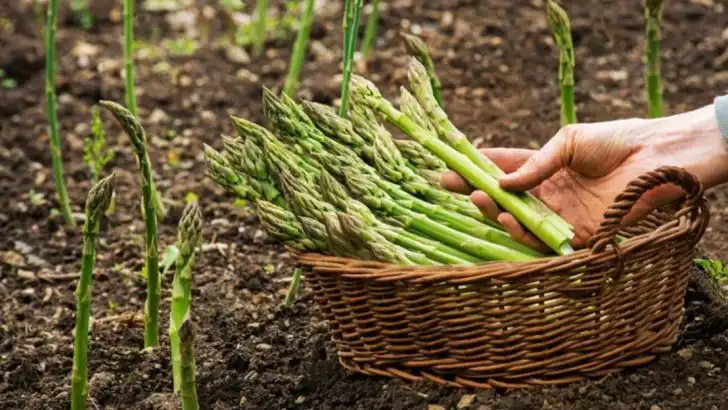Imagine a garden that keeps producing fresh vegetables without the constant need for replanting. With the right selection of perennial and self-seeding vegetables, you can enjoy year-round harvests while saving time, effort, and money. These plants come back season after season, offering a continuous supply of nutritious, homegrown food with minimal upkeep.
From hearty greens to reliable root crops, some vegetables thrive in different seasons, ensuring you always have something to pick. By choosing these low-maintenance, high-reward plants, you’ll create a more sustainable and productive garden that practically takes care of itself.
Asparagus
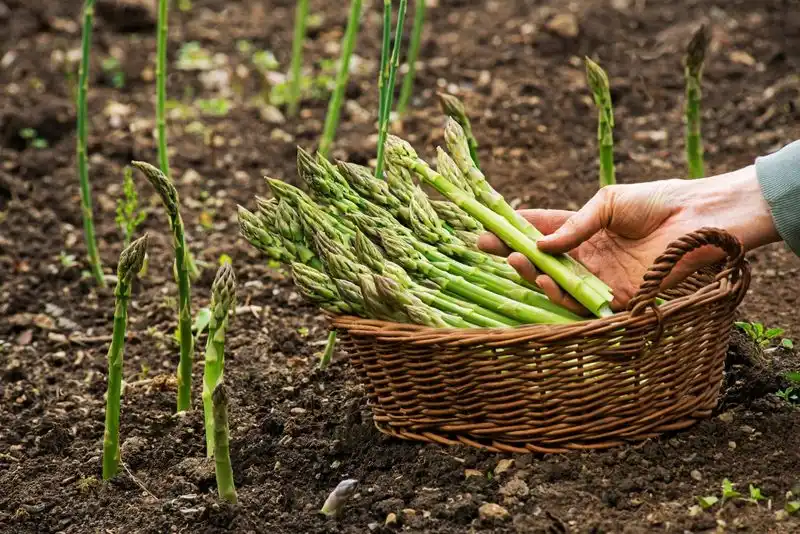
Rich in nutrients and flavor, asparagus is a perennial favorite, thriving year after year. Plant it once, and with proper care, enjoy its tender spears every spring. This vegetable demands patience initially, as it takes a few years to establish. However, once settled, it rewards with a bountiful harvest. It’s important to manage its growth by cutting back dead foliage in winter, allowing it to sprout freshly. Whether roasted, grilled, or steamed, asparagus is versatile in the kitchen, making it a worthy addition to any garden.
Rhubarb
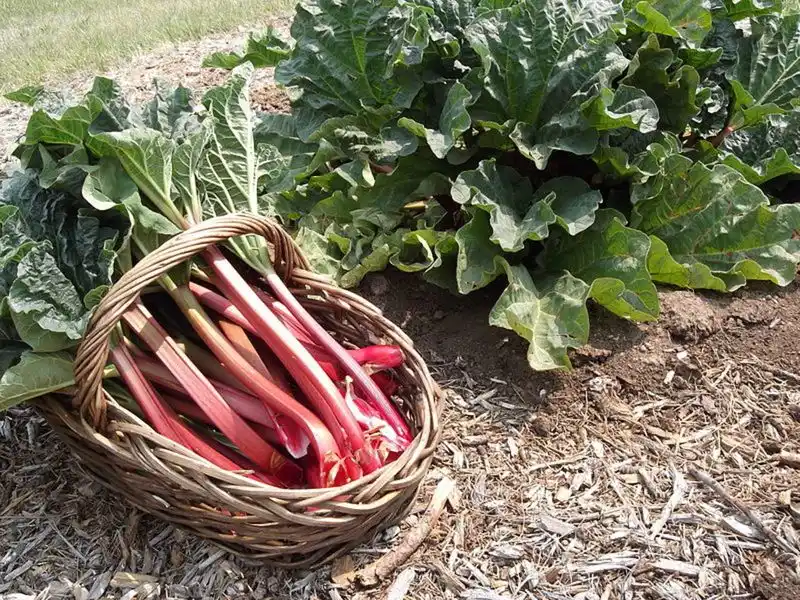
Known for its tart flavor, rhubarb is a hardy perennial that adds a zing to desserts. Its bright red stalks are a gardener’s delight, offering a unique taste experience. It’s crucial to remember that while the stalks are edible, the leaves are toxic. Rhubarb thrives in cooler climates, making it perfect for spring harvests. For a robust plant, divide the roots every few years. Its ability to return each year with minimal maintenance makes rhubarb a staple in perennial gardens, providing a fresh, tangy addition to pies and jams.
Artichoke
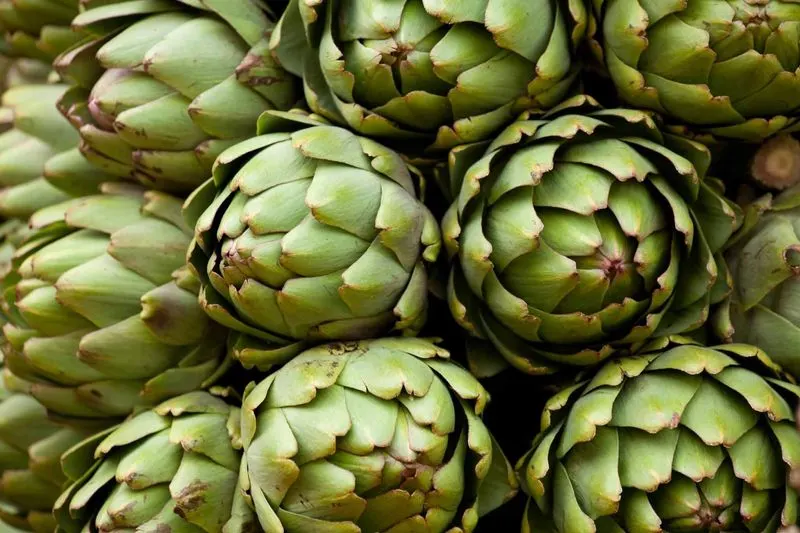
The artichoke, with its unique appearance and flavor, stands tall in any garden setting. Its tender hearts are a culinary delight, perfect for steaming and serving with dips. This perennial thrives in full sun and well-drained soil, rewarding gardeners with its annual harvest. To ensure vigorous growth, regular fertilization and watering are key. Artichokes also add aesthetic value with their large, silvery leaves and striking flower buds. Their presence in the garden is not just about harvest; they offer visual appeal, making them a dual-purpose plant.
Horseradish
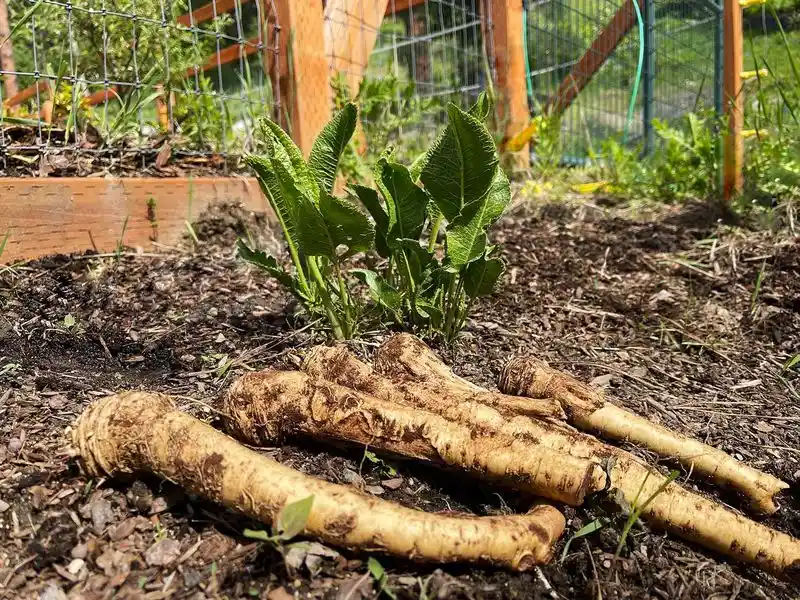
For those who enjoy a bit of heat, horseradish is the perennial vegetable to grow. Its pungent root adds a kick to sauces and dishes, making it a kitchen staple. This hardy plant thrives in various soils, preferring full sun to partial shade. Digging up the root in fall or winter is essential, as it ensures the best flavor. To maintain its vigor, divide the roots every few years. Whether grated fresh or prepared into a sauce, horseradish brings a spicy twist to any meal, proving it’s more than just a garden novelty.
Jerusalem Artichoke (Sunchoke)
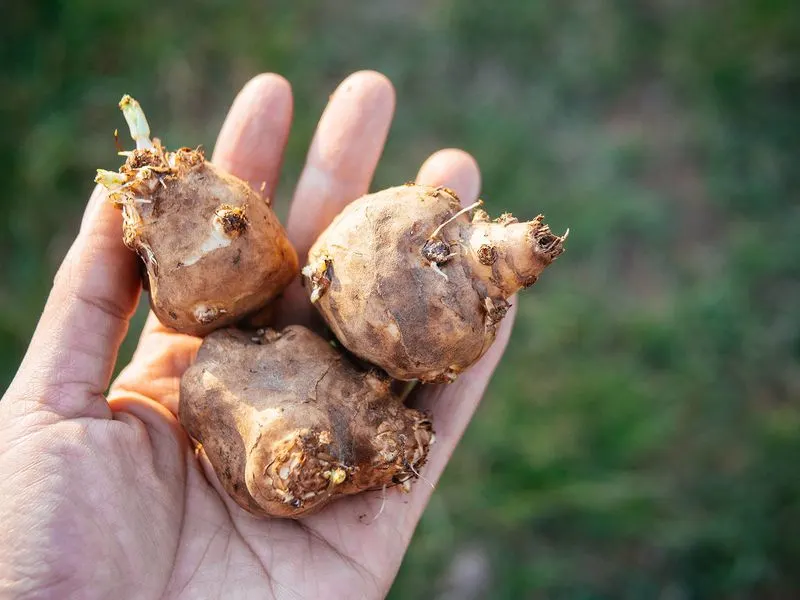
Jerusalem artichokes, also known as sunchokes, offer a nutty flavor and crunchy texture. These tubers, related to sunflowers, are easy to grow and require minimal maintenance. Plant them once, and they return year after year, spreading joy in the garden. They thrive in sunny locations and can tolerate poor soil. Harvesting the tubers in fall ensures the best taste, adding a unique element to dishes. Their versatility in cooking, from roasting to soups, makes them a valuable addition. Plus, their tall, sunflower-like blooms are visually striking.
Sorrel
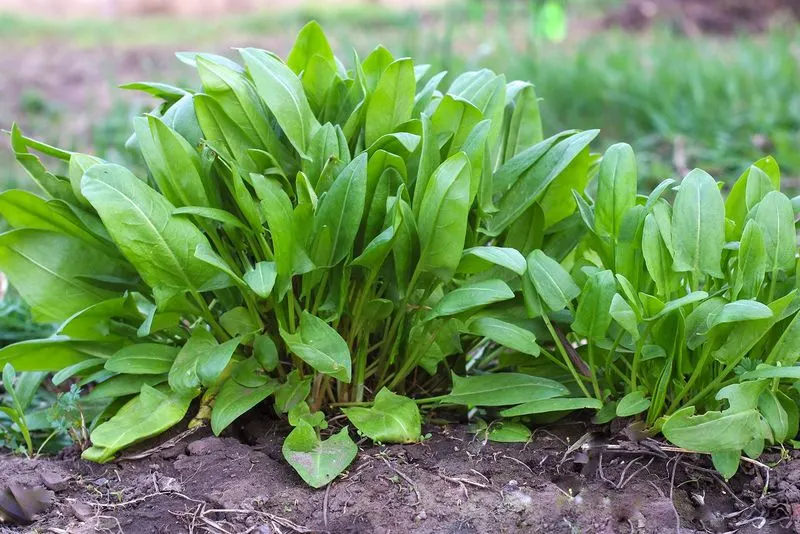
Sorrel stands out with its tangy, lemony flavor, making it a delightful addition to salads and soups. This perennial thrives in cool weather, offering fresh leaves from early spring to late fall. It’s low-maintenance, requiring occasional watering and fertilization to keep it flourishing. Sorrel’s vibrant green leaves not only enhance dishes but also add aesthetic value to gardens. Whether used as a salad green or cooked for its unique taste, sorrel provides a zesty twist to meals, proving that good things come in small packages.
Chives
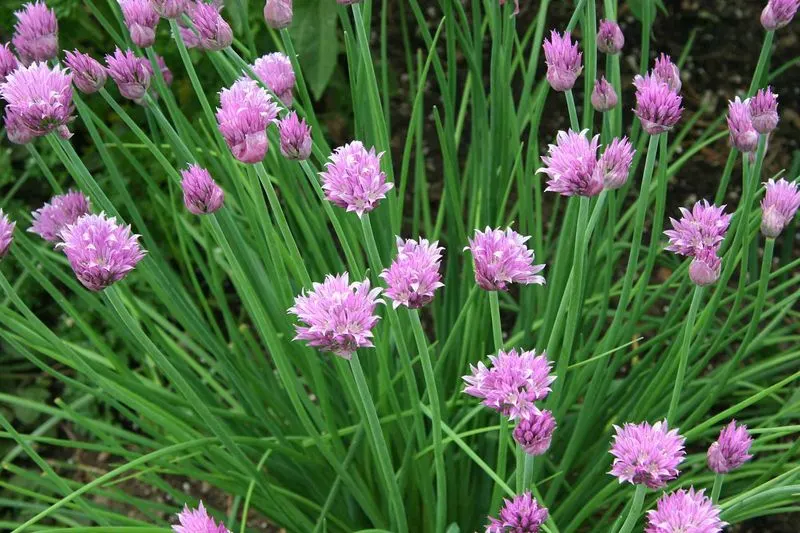
Chives are a garden staple, offering a mild onion flavor that’s perfect for garnishing. These perennials are not only easy to grow but also attract pollinators with their purple blossoms. Plant them in a sunny spot, and they’ll thrive, returning each year with minimal fuss. Regular trimming encourages fresh growth, so snip as needed. Chives’ versatility extends beyond the kitchen; they also serve as a natural pest deterrent. Whether sprinkled on salads or blended into dressing, they bring a fresh touch to culinary creations.
Lovage
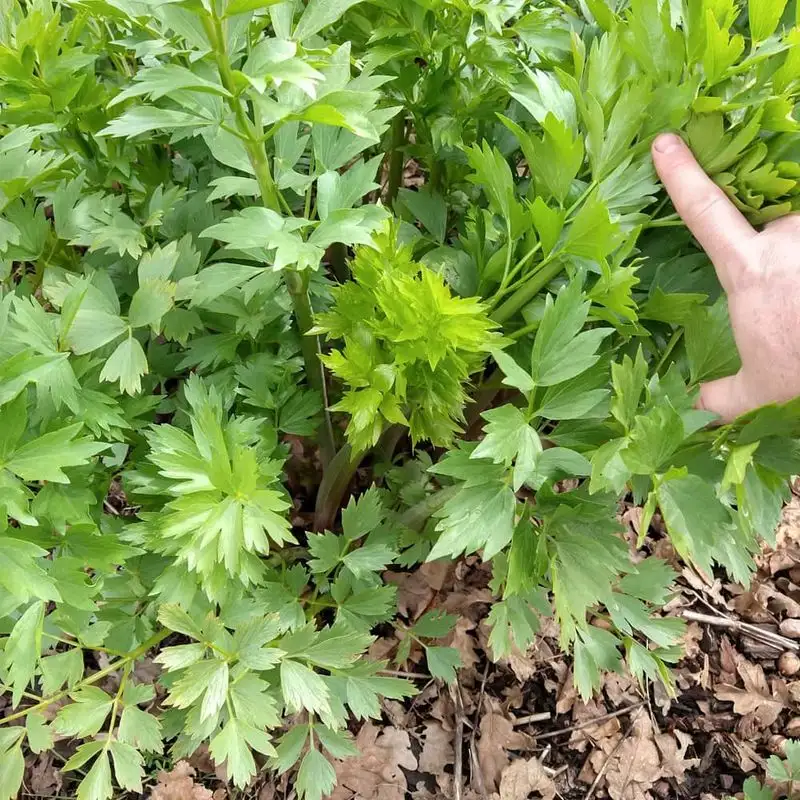
A perennial herb, lovage offers a celery-like flavor with hints of anise, adding depth to soups and stews. Its tall stature and lush foliage make it a standout in gardens, thriving with minimal care. Plant lovage in rich, moist soil and watch it flourish year after year. Regular harvesting of leaves promotes bushier growth. Its unique flavor profile elevates dishes from ordinary to extraordinary. With its impressive growth and culinary versatility, lovage proves that perennials can both feed and beautify, making it a must-have for herb enthusiasts.
Spinach (Perpetual)
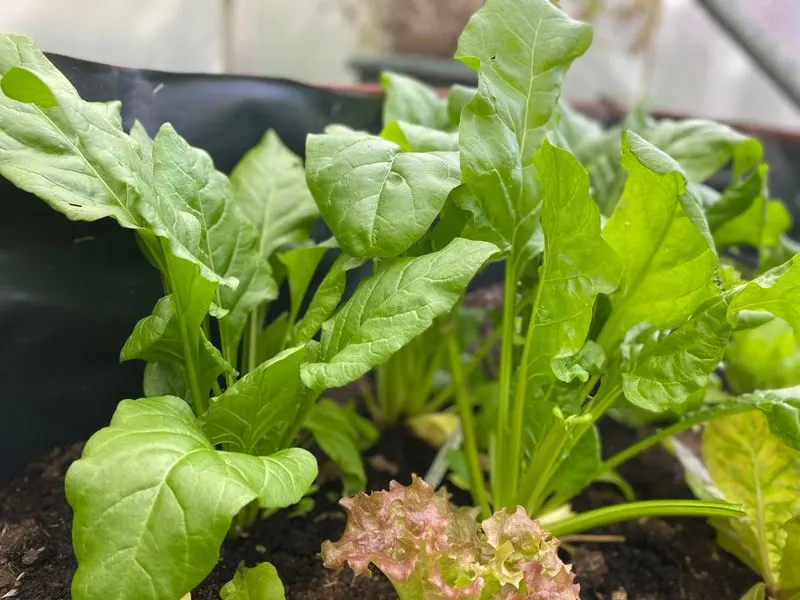
Perpetual spinach is a garden gem, offering continuous harvests without the need for replanting. Its lush, dark green leaves are packed with nutrients, making it a favorite among health-conscious gardeners. This hardy plant thrives in various climates, tolerating both sun and partial shade. Regular picking encourages new growth, ensuring a steady supply of fresh greens. Beyond salads, spinach is versatile in cooking, adding nutrition and flavor to a variety of dishes. Its low-maintenance nature and consistent yield make perpetual spinach an invaluable addition to any garden.
Good King Henry
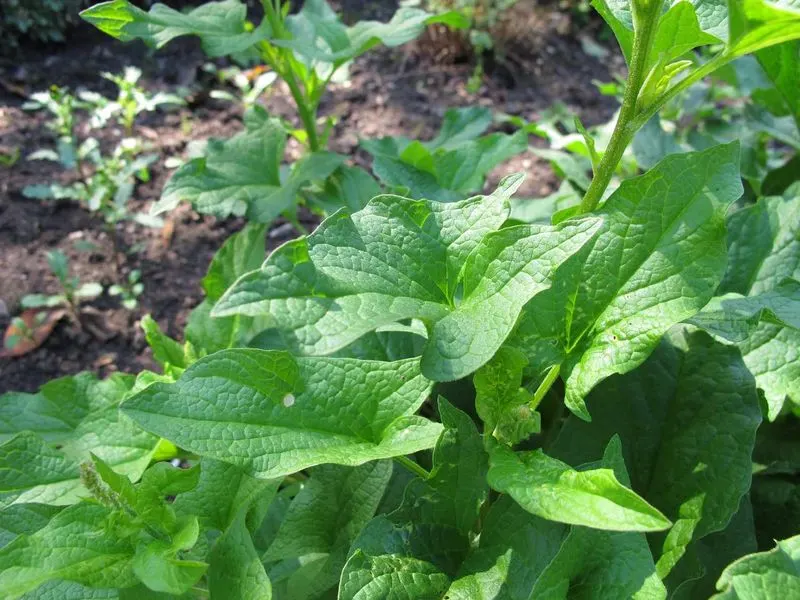
Good King Henry, often called the ‘poor man’s asparagus,’ offers a unique blend of flavors. Its tender shoots and leaves are edible, making it a versatile addition to the garden. This perennial thrives in well-drained soil and partial shade, requiring minimal care. Regular harvesting of young shoots encourages more growth, providing a continuous supply of greens. Its historical significance and culinary flexibility make it an interesting choice for gardeners. Whether steamed like asparagus or used in soups, Good King Henry adds a touch of tradition and taste to meals.
Walking Onion

Walking onions, or Egyptian onions, are a fascinating addition to any garden. Known for their unique growing habit, they produce bulbils at the top of their stalks, which eventually fall and root themselves, creating a ‘walking’ effect. These perennial onions require little maintenance and thrive in various soils. Their bulbs and greens add a mild onion flavor to dishes, making them a culinary staple. Regular harvesting of greens and bulbils helps maintain vigor. Walking onions offer both novelty and practicality, embodying the essence of easy, sustainable gardening.
Perennial Kale
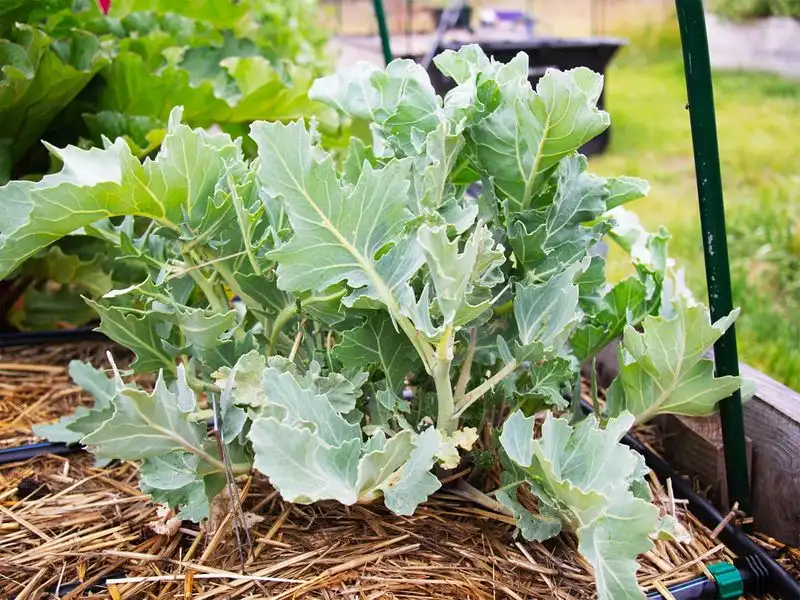
Perennial kale is a powerhouse of nutrients, offering a continuous supply of greens year-round. Its robust growth and resilience make it a favorite among gardeners. This hardy plant thrives in various conditions, tolerating cold and warmth alike. Regular harvesting of leaves encourages bushy growth, ensuring constant production. Beyond its nutritional benefits, perennial kale is versatile in the kitchen, perfect for salads, soups, and smoothies. Its ability to withstand harsh conditions while providing a steady yield makes perennial kale a must-have for sustainable gardening.
Ostrich Fern (Fiddleheads)
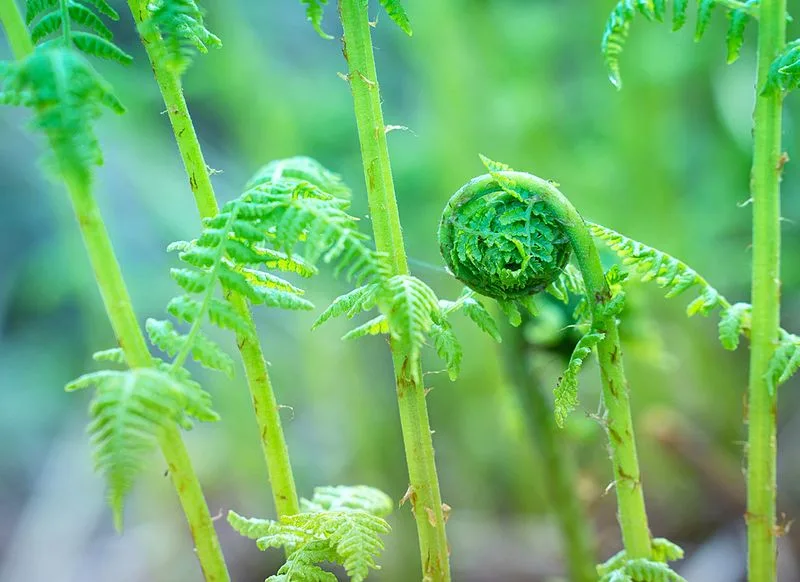
Fiddleheads, the young coiled fronds of ostrich ferns, offer a unique delicacy for adventurous eaters. These perennials thrive in shady, moist conditions, making them ideal for woodland gardens. Harvesting tightly coiled fiddleheads in spring ensures the best flavor and tenderness. Regular foraging promotes healthy growth, allowing the plant to regenerate. Their nutty, asparagus-like taste adds a gourmet touch to meals. With minimal effort, ostrich ferns provide a sustainable harvest, illustrating nature’s generosity. Enjoy them steamed or sautéed for a delightful culinary experience.
Watercress
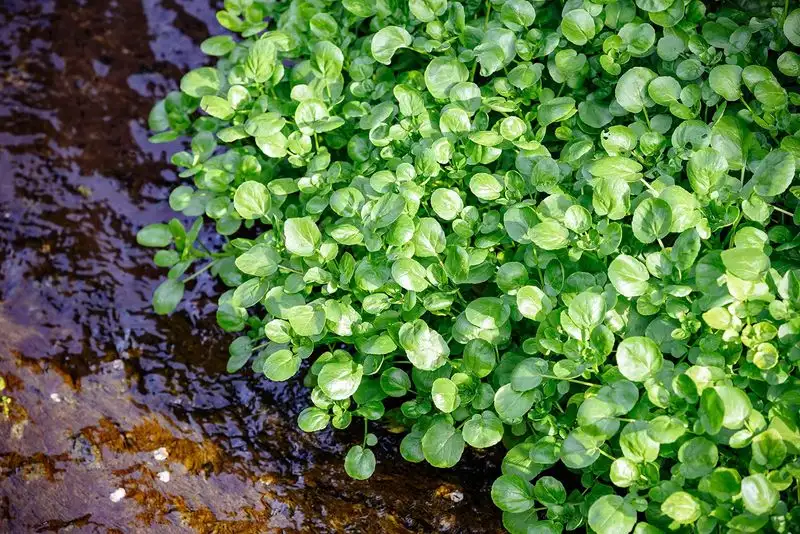
Watercress, with its peppery flavor, thrives in watery environments, making it a unique garden addition. This perennial requires a constant water source, perfect for growing in streams or water gardens. Regular harvesting encourages bushy growth and prevents flowering. Watercress is packed with nutrients, adding a spicy kick to salads and sandwiches. Its fast growth and culinary versatility make it a popular choice for health enthusiasts. By providing the right conditions, gardeners can enjoy a near-endless supply of fresh greens that elevate dishes with their distinct taste.
Lovage
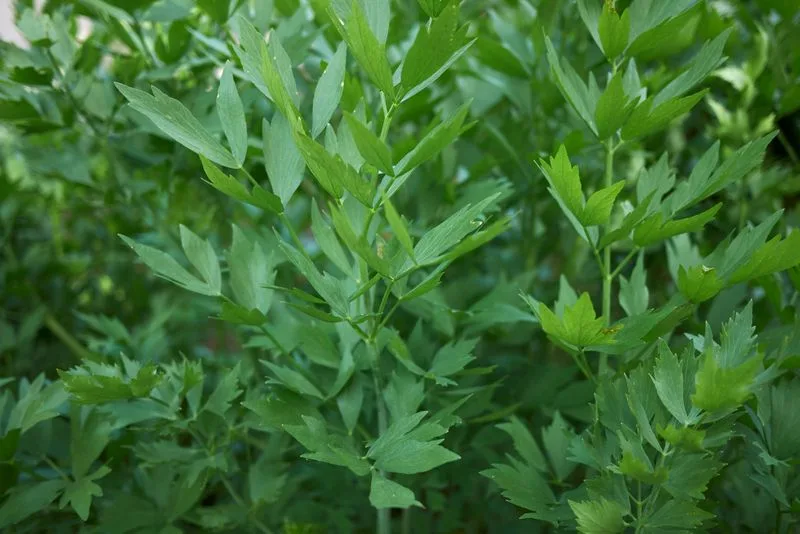
A perennial herb, lovage offers a celery-like flavor with hints of anise, adding depth to soups and stews. Its tall stature and lush foliage make it a standout in gardens, thriving with minimal care. Plant lovage in rich, moist soil and watch it flourish year after year. Regular harvesting of leaves promotes bushier growth. Its unique flavor profile elevates dishes from ordinary to extraordinary. With its impressive growth and culinary versatility, lovage proves that perennials can both feed and beautify, making it a must-have for herb enthusiasts.
Scorzonera
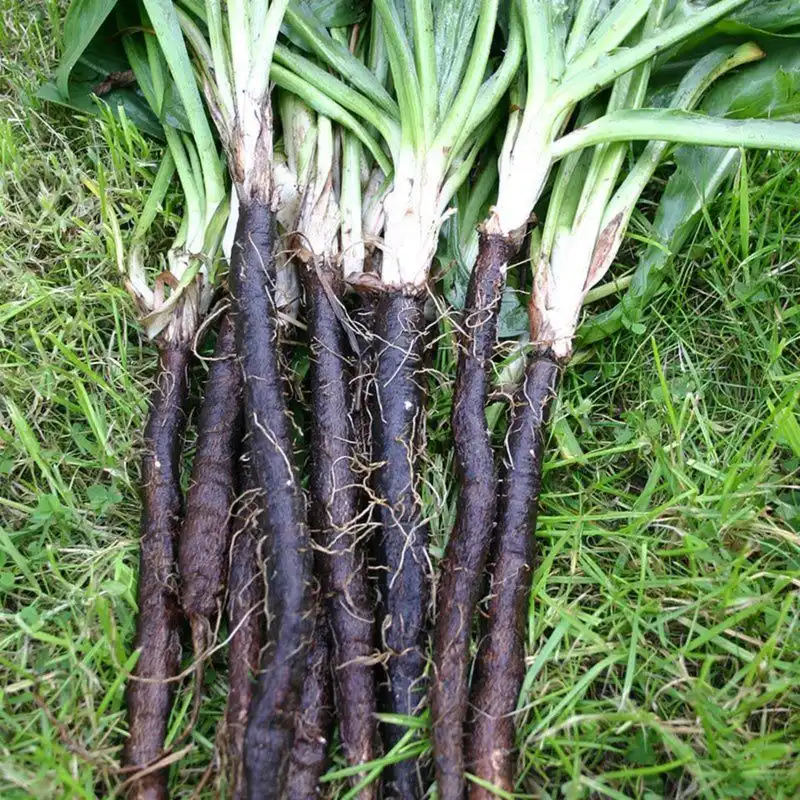
Scorzonera, also known as black salsify, is an underappreciated perennial vegetable. Its long, black roots and mild, oyster-like flavor add intrigue to dishes. This hardy plant thrives in well-drained soil and sunny spots, returning each year with minimal care. Harvesting roots in fall ensures optimal taste and texture. Beyond its culinary uses, scorzonera’s yellow flowers attract beneficial insects, enhancing garden biodiversity. Whether roasted or added to soups, this versatile vegetable brings a touch of the exotic to meals, proving that sustainable gardening can be exciting.
Sea Kale
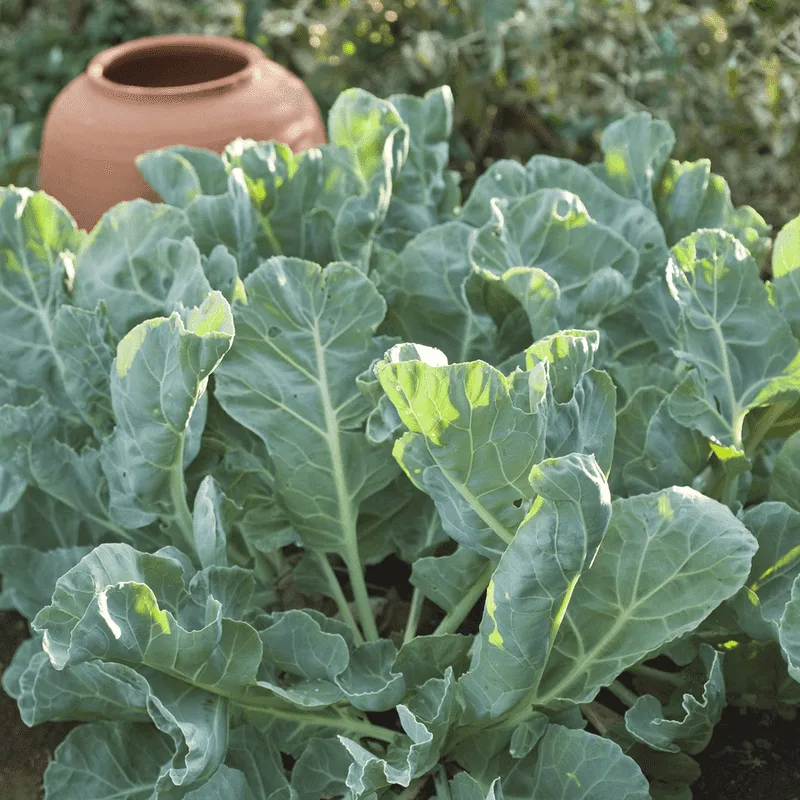
Sea kale, with its edible shoots, leaves, and flowers, offers multiple layers of flavor. Thriving in coastal conditions, it tolerates sandy soils and salty breezes, making it a resilient choice for seaside gardens. Regular harvesting in spring keeps plants productive, offering fresh, cabbage-like shoots. Its ornamental appeal, with wavy blue-green leaves and white flowers, adds visual interest. Sea kale’s adaptability and unique taste elevate garden diversity, ensuring a steady supply of nutritious greens. Whether used fresh or cooked, it brings a coastal flair to culinary creations.
Daylily
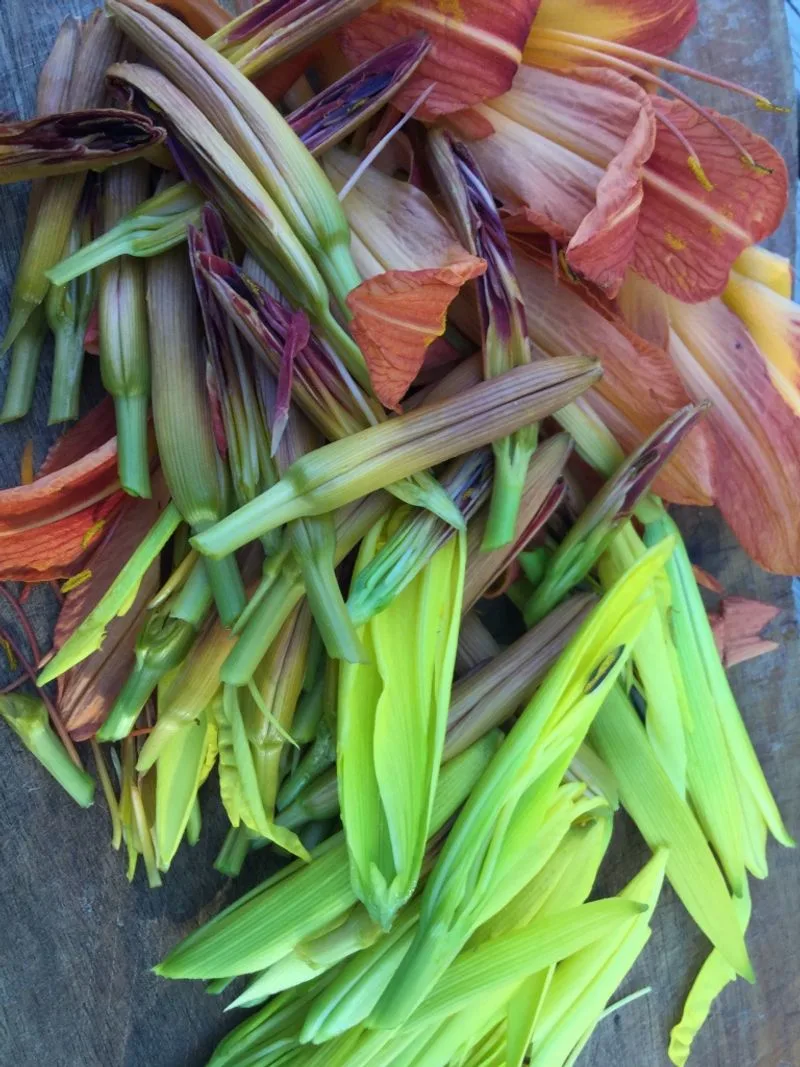
Daylilies, known for their edible flowers and tubers, are a gardener’s delight. These perennials boast vibrant blooms that add color and taste to dishes. Thriving in various soils, daylilies require minimal care, making them ideal for busy gardeners. Regular deadheading and division ensure ongoing blooms and healthy growth. Their sweet, crunchy petals and starchy tubers offer culinary flexibility, from salads to stir-fries. Beyond their edible appeal, daylilies brighten gardens with their cheerful presence. Their dual purpose of beauty and sustenance makes them a valuable addition.
Nettles
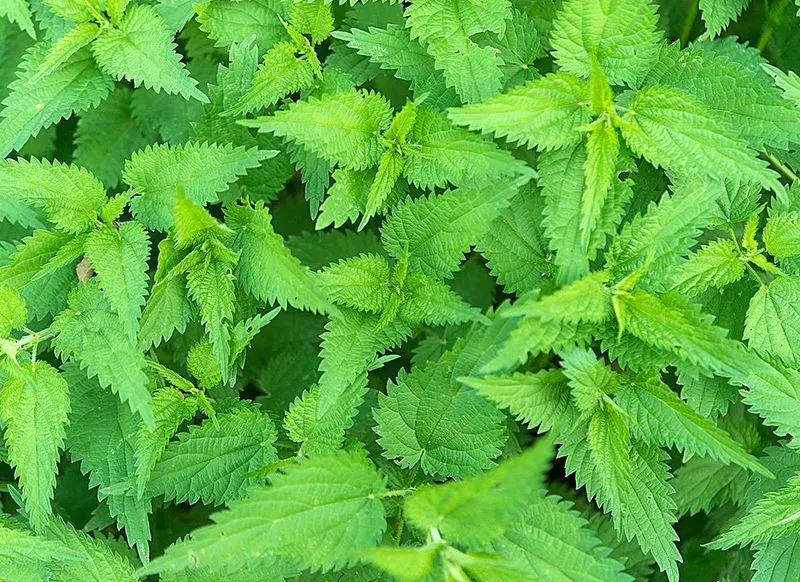
Stinging nettles, despite their prickly reputation, are a powerhouse of nutrition and flavor. These perennials thrive in rich, moist soil, returning year after year with vigor. Harvesting young shoots in spring provides tender greens for teas and soups. Nettles’ high nutrient content supports health, making them a favorite among herbalists. Their ability to improve soil health benefits gardens, illustrating their ecological importance. With gloves and care, nettles offer a sustainable harvest, transforming from a garden nuisance to a culinary ally. Steeped or sautéed, they deliver both flavor and nutrition.
Mitsuba (Japanese Parsley)
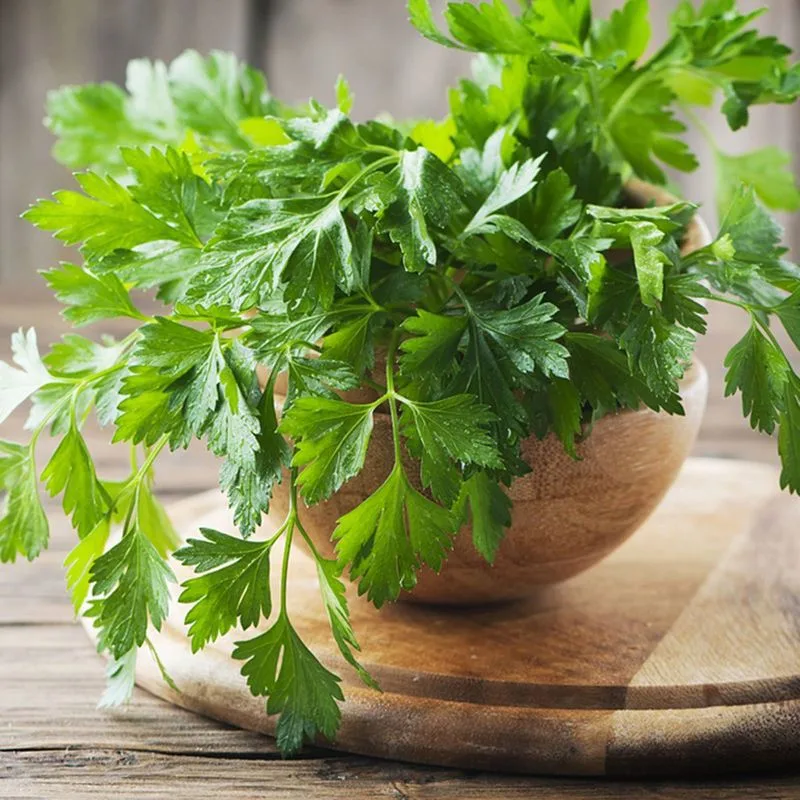
Mitsuba, or Japanese parsley, adds a subtle, celery-like flavor to dishes. This shade-loving perennial thrives in moist, well-drained soil, making it an ideal choice for woodland gardens. Regular harvesting encourages bushy growth and prevents flowering. Mitsuba’s trifoliate leaves and delicate stems enhance soups, salads, and garnishes, offering a taste of Japan. Its adaptability and unique flavor make it a valuable addition to diverse gardens. By providing the right conditions, gardeners can enjoy a continuous supply of fresh, aromatic greens that elevate everyday meals.
Wild Garlic
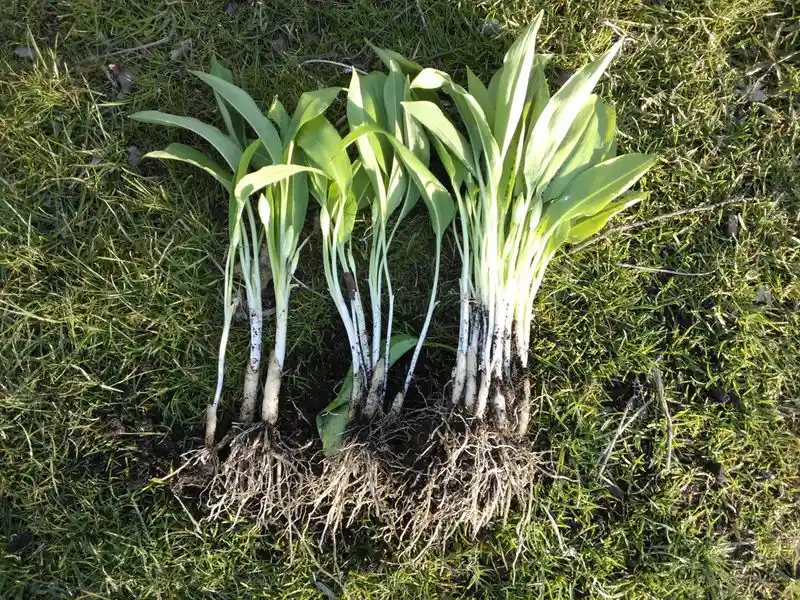
Wild garlic, with its mild garlic flavor, is a forager’s favorite, offering both leaves and flowers for culinary use. Thriving in shaded woodlands, this perennial returns each spring with minimal effort. Harvesting young leaves before flowering ensures the best taste. Its ability to naturalize and spread easily makes wild garlic a sustainable choice for gardeners. Beyond its culinary uses, wild garlic supports biodiversity, attracting pollinators and enhancing soil health. Whether used in pesto or soups, it brings a fresh, aromatic twist to dishes, embodying nature’s generosity.

